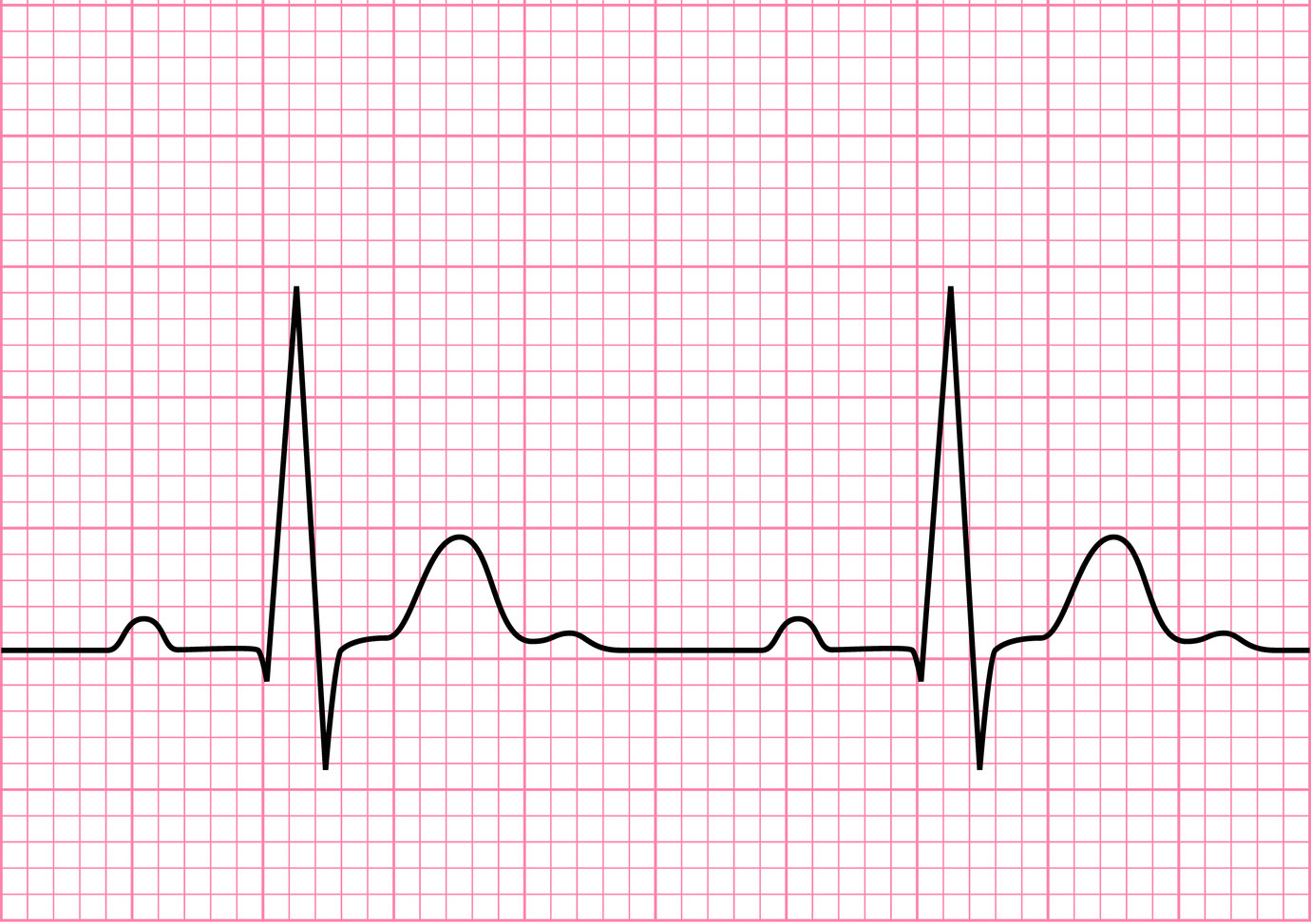ECG intervals are the time measurements between two consecutive heartbeats as seen on an electrocardiogram. Normal ECG intervals vary depending on a person’s age, sex, and general health, so it is important for medical professionals to be familiar with the normal intervals for each patient population. This way, they can identify any abnormalities.
Identifying Normal ECG Intervals for Adults
The Basic Intervals:
The basic ECG intervals are the PR interval, QRS interval, and QT interval. The PR interval is the time from the beginning of the P wave to the beginning of the QRS complex. The QRS interval is the time from the beginning of the QRS complex to the end of the S wave. The QT interval is the time from the beginning of the QRS complex to the end of the T wave.
The Normal PR Interval:
The normal PR interval is between 0.12 and 0.20 seconds. It is slightly longer in men than in women and increases with age.
The Normal QRS Interval:
The normal QRS interval is between 0.06 and 0.10 seconds. It is shorter in men than in women and increases with age.
The Normal QT Interval:
The normal QT interval is between 0.36 and 0.44 seconds. It is longer in men than in women and increases with age.
Identifying Normal ECG Intervals for Children
The Basic Intervals:
The basic ECG intervals are the PR interval, QRS interval, and QT interval. The PR interval is the time from the beginning of the P wave to the beginning of the QRS complex. The QRS interval is the time from the beginning of the QRS complex to the end of the S wave. The QT interval is the time from the beginning of the QRS complex to the end of the T wave.
The Normal PR Interval:
The normal PR interval is between 0.05 and 0.075 seconds. It is shorter in children than in adults and decreases with age.
The Normal QRS Interval:
The normal QRS interval is between 0.035 and 0.055 seconds. It is shorter in children than in adults and decreases with age.
The Normal QT Interval:
The normal QT interval is between 0.3 and 0.4 seconds. It is longer in children than in adults and decreases with age.
Identifying Abnormal ECG Intervals
When a medical professional observes an abnormal ECG interval, it can indicate that a patient’s heart is not functioning properly. Some of the most common abnormalities include:
– Prolonged PR interval: A prolonged PR interval can indicate a problem with the heart’s electrical conduction system.
– Prolonged QRS interval: A prolonged QRS interval can indicate a problem with the heart’s electrical conduction system or myocardial infarction (heart attack).
– Prolonged QT interval: A prolonged QT interval can indicate a problem with the heart’s electrical conduction system, an arrhythmia, or myocardial infarction.
– Premature ventricular contractions (PVCs): PVCs are abnormal heartbeats that occur early in the QRS complex. They can indicate a problem with the heart’s electrical conduction system or an arrhythmia.
– Torsades de pointed important: Torsades de pointes is an abnormal heart rhythm that causes the QT interval to become abnormally long. It can indicate a problem with the heart’s electrical conduction system or an arrhythmia.
– Ventricular fibrillation: Ventricular fibrillation is a life-threatening arrhythmia that causes the heart to quiver instead of pump blood. It can indicate a problem with the heart’s electrical conduction system or an arrhythmia.
It is important to note that not all prolonged ECG intervals indicate a serious problem. For example, a prolonged QT interval can be seen in athletes and healthy people who are physically active. However, any abnormal ECG interval should be evaluated by a medical professional.
When a patient’s ECG shows any of these abnormalities, it is to determine the root cause and treat it as soon as possible. Left untreated, these abnormalities can lead to serious heart conditions or even death.
What Are ECG Segments?
An ECG is made up of several segments that are each associated with a specific type of electrical activity. The following are the most common ECG segments:
– The P wave: The P wave is the first segment of the ECG and corresponds to the electrical activity of the atria.
– The QRS complex: The QRS complex is the second segment of the ECG and corresponds to the electrical activity of the ventricles.
– The ST segment: The ST segment is the third segment of the ECG and corresponds to the electrical activity of the myocardium.
– The T wave: The T wave is the fourth segment of the ECG and corresponds to the electrical activity of the ventricles.
What Are EKG artifacts?
EKG artifacts are extraneous signals that can interfere with the interpretation of an ECG. Artifacts can be caused by movement, electrical interference, or muscle tremor. They can cause the appearance of abnormal heartbeats on an ECG, which can lead to an inaccurate diagnosis. It is important for medical professionals to be able to identify and disregard any artifacts before making a diagnosis.
identifying EKG artifacts
There are several ways to identify EKG artifacts. One is to look for any sudden changes in the shape of the ECG waves. Another is to look for any sudden changes in the amplitude of the waves. Finally, medical professionals can listen to the heartbeats on an ECG to see if they sound normal. If any of the heartbeats sound abnormal, it is likely that there is an artifact present on the ECG. There are courses available to help you in identifying EKG artifacts, like the one from ECG EDU.
Reducing the likelihood of EKG Artifacts
There are several ways to reduce the likelihood of EKG artifacts. One is to ensure that the patient is still and has not moved. Another is to ensure that the electrodes are properly attached to the patient’s skin. Finally, medical professionals can use a filter to remove any extraneous signals from the ECG.
Interested In Learning More About ECG Interpretation?
Now that you’ve learned a little bit more about ECG intervals and segments, you may want to learn even more about how to interpret an ECG. Whether you’re a healthcare professional, a healthcare student, or even just someone with an interest in healthcare, you’ll be able to find plenty of resources online to help you.
You can find tons of free resources on websites like the American Heart Association that will help you understand the basics of ECG interpretation. There are also great paid courses online, like Executive Electrocardiogram Education which offers a very comprehensive, 8-hour ECG interpretation course.
No matter your current job, education level, or educational background, learning to interpret ECGs can be a great skill to have and it may even help you save a life one day.


 Home
Home










